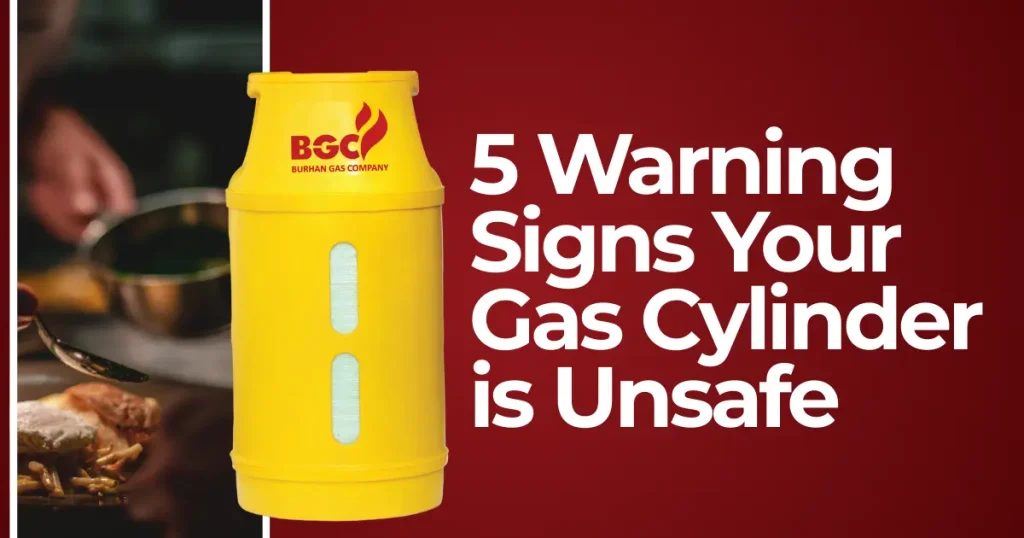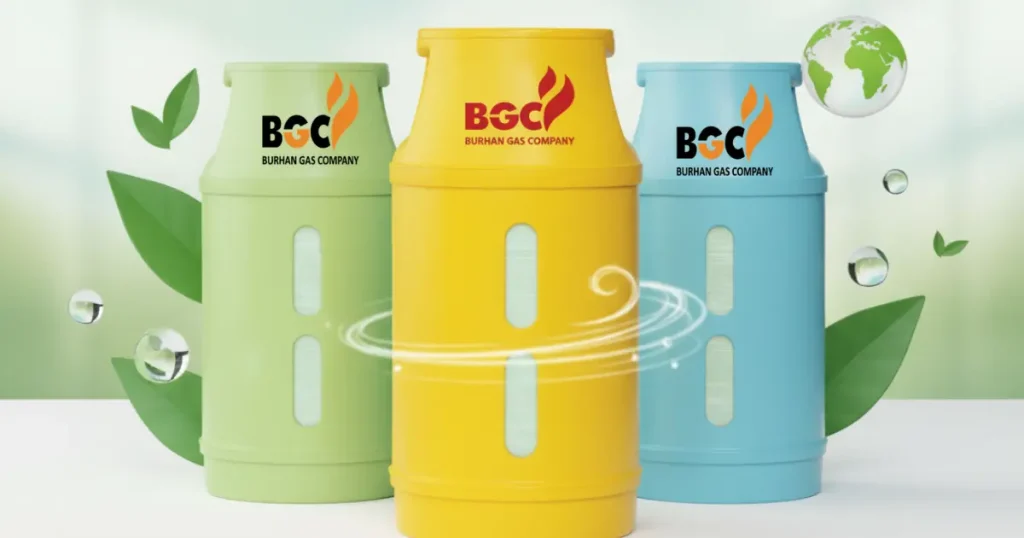Composite LPG cylinders are increasingly replacing traditional steel cylinders because of their lightweight design, enhanced safety, and corrosion resistance. But beyond their advanced construction, what makes them truly reliable is strict adherence to global and local safety standards. Compliance with IS, ISO, DOT, and OGRA regulations ensures that every cylinder reaching consumers is safe, durable, and fit for purpose.
This blog explores the key safety standards and compliance requirements governing LPG composite cylinders.
Understanding the Standards
IS (Indian Standards)
India’s Bureau of Indian Standards (BIS) issues IS codes that apply to LPG cylinders, valves, and related equipment. These national standards are widely recognized across South Asia and cover areas like cylinder design, quality testing, and valve safety.
ISO (International Organization for Standardization)
ISO standards ensure global harmonization. Two important standards for LPG composite cylinders are:
- ISO 11119-3: Specifies requirements for composite cylinders with a non-load-sharing metallic or non-metallic liner.
- BS EN 14427: European standard for LPG composite cylinders, covering design, testing, and performance requirements.
These ensure mechanical strength, leak-tightness, fire resistance, and burst safety across global markets.
DOT (U.S. Department of Transportation)
The U.S. DOT regulates the manufacture and use of pressurized cylinders. While most DOT codes (e.g., DOT 4B, 4BA, 4BW) apply to welded steel cylinders, compliance is necessary for cylinders entering the U.S. market. For composites, DOT focuses on transport safety, testing, and labelling requirements.
OGRA (Oil and Gas Regulatory Authority – Pakistan)
OGRA enforces LPG safety in Pakistan, referencing ISO and EN standards while ensuring:
- Local certification of manufacturers.
- Compliance with LPG (Production & Distribution) Rules.
Key Compliance Requirements
1. Use of Certified Manufacturers
Only OGRA-approved or internationally certified manufacturers are authorized to produce composite cylinders. This prevents counterfeit or substandard products from entering the supply chain.
2. Adherence to Standards
- Design & Construction: Must comply with ISO 11119-3 / EN 14427.
- Component Standards: Valves, regulators, and hoses must meet their specific codes (e.g., LPGITA COP 15).
3. Regular Testing & Certification
- Hydrostatic, burst, and fire resistance tests confirm structural integrity.
- Cylinders carry a valid test certificate issued by the manufacturer or testing authority.
- Annual certification by LPG marketing companies to OGRA ensures ongoing compliance.
4. Safe Handling & Storage
- Protective caps must safeguard valves against damage.
- Hoses and connections must be defect-free and meet safety standards.
- Flashback arrestors and regulators are mandatory at both ends of LPG systems.
- Cylinders must be stored away from direct heat and sunlight.
5. Regulatory Monitoring
- OGRA & HDIP monitor the safety of LPG infrastructure.
- Spot checks and audits ensure compliance with rules and international standards.
Why Compliance Matters
- Safety First: Prevents leaks, explosions, and accidents.
- Consumer Trust: Certified cylinders reassure end-users of quality.
- Market Access: Compliance with ISO/DOT standards allows global exports.
- Regulatory Protection: Ensures companies remain in line with local authorities like OGRA.
Final Thoughts
Composite LPG cylinders represent the future of safe and efficient fuel storage. However, their reliability depends on strict adherence to international and national safety standards. Whether it’s ISO 11119-3, EN 14427, IS codes, DOT regulations, or OGRA compliance, every layer of regulation is designed to protect consumers, safeguard the environment, and build industry confidence.
By sourcing from certified manufacturers and following proper handling procedures, LPG companies and distributors can ensure that safety remains uncompromised—delivering the benefits of advanced composite technology with complete peace of mind.





